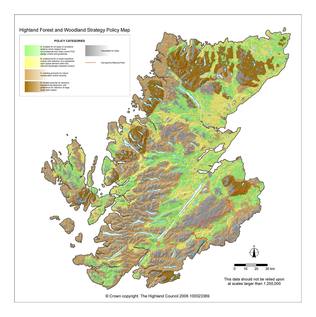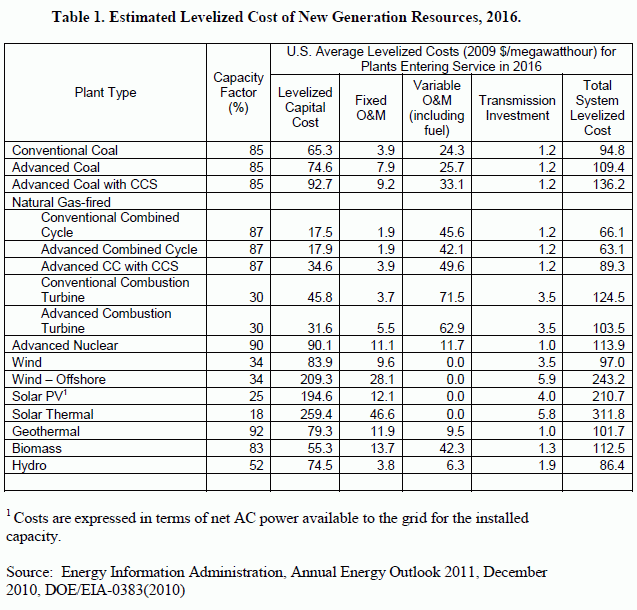Continue readingThe 3,000 members of the Jemez Pueblo tribe in New Mexico are looking to build the first utility-scale solar power plant on tribal land. They are also looking to make some money on it.
It is no secret that Native American tribes are more likely to be poverty-stricken and they generally have more than twice the unemployment rate of the United States. Former Jemez Pueblo governor James Roger Magdalena says, “We don’t have any revenue coming in except for a little convenience store.”
It is estimated this solar power plant could generate $25 million over the next quarter century and help create a sustainable revenue for his tribe.
Mr. Magdalena sees the environmental changes
Tag Archives: Environment
Privatizing water —GA SB 122
Aaron Gould Sheinin wrote in the AJC Monday 2 May 2011, Deal signs bill allowing public-private reservoirs
Yes, but trumping up a fake budget crisis by giving tax breaks to people who don’t need them and then using it to privatize public infrastructure for corporate profit at taxpayer expense is not the way to do it.Partnerships between public authorities and private enterprise to build new reservoirs are now legal in Georgia under legislation Gov. Nathan Deal signed into law Monday.
Senate Bill 122 “is particularly useful at times such as these when budget cutbacks hinder our ability to invest in new infrastructure,” Deal said at a Georgia Chamber of Commerce luncheon in his honor. “This stretches public dollars by attracting partners to move forward with public works projects that will benefit the citizens of the state for generations.”
Lawmakers approved $46 million in bond money in the state budget that takes effect July 1 to help facilitate the construction of new reservoirs. Deal said he hopes to increase that to $300 million over the next several years.
“Increasing our water supply in terms of holding that supply is critical for meeting our future needs,” Deal said.
Wait, it gets even better: Continue reading
Earth Day 2011 Tomorrow

- When:
- Friday, April 22, 2011, 5:00pm to 9:00pm
- Where:
- Drexel Park, Patterson St. and Brookwood Drive, Valdosta, Lowndes County, Georgia
- Who:
- Hosted by S.A.V.E., Students Against Violating the Environment
- Why:
Come out and enjoy your evening to celebrate the Earth! There will be food, games, live bands, speakers, and fun! Bring your friends and family and enjoy an evening in the park!The usual LAKE photographers can’t make it, so please take pictures and videos and post them to the Internet. Send links to information@l-a-k-e.org and we’ll post some on the blog, or you can post them directly on the LAKE facebook page.We are also collecting canned for to donate to those in need!
-jsq
Current costs of major power sources
Here’s a four page explanation of that table.
Coal is not the cheapest: natural gas is. Onshore wind actually costs about the same as coal, and less than nuclear. Offshore wind is currently about 2.5 times more expensive.
Solar photovoltaic (PV) currently costs a bit more than twice as much as coal, and already less than offshore wind.
The table does not take into account the environmental costs of the various power sources, or obviously coal would fare far worse, and biomass would not be rated anywhere near as good as wind.
Remember, the cost of solar is falling rapidly, so solar will rapidly become more cost-effective compared to other energy sources.
-jsq
“the citizenry has a right to scrutinise the state.” –Julian Assange
 Some people compare LAKE to Wikileaks, so let’s go there.
Julian Assange, like
Wendell Berry,
links the civil rights movement and the environmental movement.
He
then says:
Some people compare LAKE to Wikileaks, so let’s go there.
Julian Assange, like
Wendell Berry,
links the civil rights movement and the environmental movement.
He
then says:
“For the Internet generation this is our challenge and this is our time. We support a cause that is no more radical a proposition than that the citizenry has a right to scrutinise the state. The state has asserted its authority by surveilling, monitoring and regimenting all of us, all the while hiding behind cloaks of security and opaqueness. Surely it was only a matter of time before citizens pushed back and we asserted our rights.”
LAKE’s motto is:
Citizen dialog for transparent processThat makes Assange’s proposition
“the citizenry has a right to scrutinise the state”sound very familiar to us.
Locally it’s more a matter of elected and appointed bodies ignoring their chartered responsibilities to the public good and the general welfare. Well, many people are also tired of the permit inspection brigade, but that’s another story.
Assange also adds: Continue reading
The mentality that exploits and destroys the natural environment –Wendell Berry
 And now a word from Wendell Berry:
And now a word from Wendell Berry:
The mentality that exploits and destroys the natural environment is the same that abuses racial and economic minorities…. The mentality that destroys a watershed and then panics at the threat of flood is the same mentality that gives institutionalized insult to black people and then panics at the prospect of race riots.Source: “Think Little” in A Continuous Harmony: Essays Cultural and Agricultural, by Wendell Berry, 1972. Forty years later, that mentality is still a problem.
-jsq
Houston’s Renewable Energy
Hm, so VSU, for example, could buy wind energy from windmills off the Georgia Coast…During White’s time as mayor of Houston, the nation’s fourth largest city, he ran a highly successful home-weatherization program and engineered a major purchase of 50 megawatts of clean energy, giving momentum to the state’s booming wind industry.
Read on about solar. Continue reading
Perspectives on Biomass Permit
Continue readingWhile certain entities see no negative environmental impact of the proposed biomass plant, the information and data that I have does not indicate that incineration of wood is efficient, environmentally sound, or safe for our citizens. Yet others see this as a win-win scenario claiming a vastly different perspective on the situation; economically, environmentally and in regard to the health of our citizens. Why is that?
Center of Innovation – Energy
“Forests Dominate Georgia’s Land Use”
 That’s the title of slide 10 of 21 in
Center of Innovation – Energy (CIE)
by Jill Stuckey, Director.
Actually, massively pesticided planted pines dominate south Georgia’s land use;
not the same as actual forests with species diversity and diverse ages of trees.
The same CIE slide equates
That’s the title of slide 10 of 21 in
Center of Innovation – Energy (CIE)
by Jill Stuckey, Director.
Actually, massively pesticided planted pines dominate south Georgia’s land use;
not the same as actual forests with species diversity and diverse ages of trees.
The same CIE slide equates
Georgia Forestry = Biomass EnergyThat is what the state government seems to want it to be.
Back on slide 9, solar is defined as a southwestern regional energy source; nevermind that the solar map on that page shows Georgia with the same insolation as most of Texas (more on that later). And wind is defined as a central U.S. regional strength, nevermind that even Georgia Power has started exploring the possibility of wind off the Georgia coast.
I get it that Georgia has trees and forestry is a big industry in Georgia. I’m a tree farmer myself. I’d love to be convinced that biomass from trees is one good way to go. But at what costs? And compared to what? Continue reading
Highland Renewable Energy Strategy
 Previously writing about biomass and carbon dioxide I said I’d supply an example of the sort of thing I’m looking for as a regional analysis for renewable energy, including biomass, solar, wind, wave, tides, and others.
Here it is: the Highland Renewable Energy Strategy
approved by the Highland Council at its 4 May 2006 meeting.
It’s a 58 page document about renewable energy strategy and planning guidelines,
considering numerous types of renewable energy, pros and cons
of each, power distribution, effects on environment, protected
areas, etc., illustrated copiously with detailed maps.
And updated:
Continue reading
Previously writing about biomass and carbon dioxide I said I’d supply an example of the sort of thing I’m looking for as a regional analysis for renewable energy, including biomass, solar, wind, wave, tides, and others.
Here it is: the Highland Renewable Energy Strategy
approved by the Highland Council at its 4 May 2006 meeting.
It’s a 58 page document about renewable energy strategy and planning guidelines,
considering numerous types of renewable energy, pros and cons
of each, power distribution, effects on environment, protected
areas, etc., illustrated copiously with detailed maps.
And updated:
Continue reading 